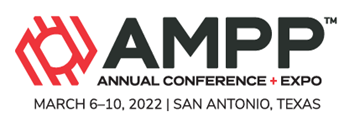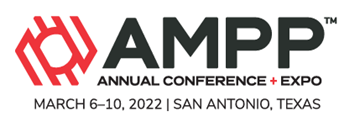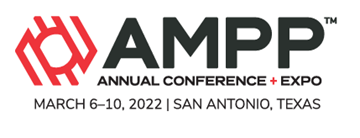Search
Corrosion Risk Assessment Of Aging Plant In The Down Stream Petroleum Sector
Also Purchased
Corrosion Resistance Of FBE Internal Coating Pipe In High Temperature And High CO2-H2S-Cl- Environment
Product Number:
51322-17509-SG
Publication Date:
2022
$20.00
Corrosion Risk Prediction Based On Offshore Pipeline Service Database And Machine Learning
Product Number:
51322-17711-SG
Publication Date:
2022
$20.00
Corrosion Protection Status And Countermeasures Of Shield Tunnel Pipeline
Product Number:
51322-17518-SG
Publication Date:
2022
$20.00




